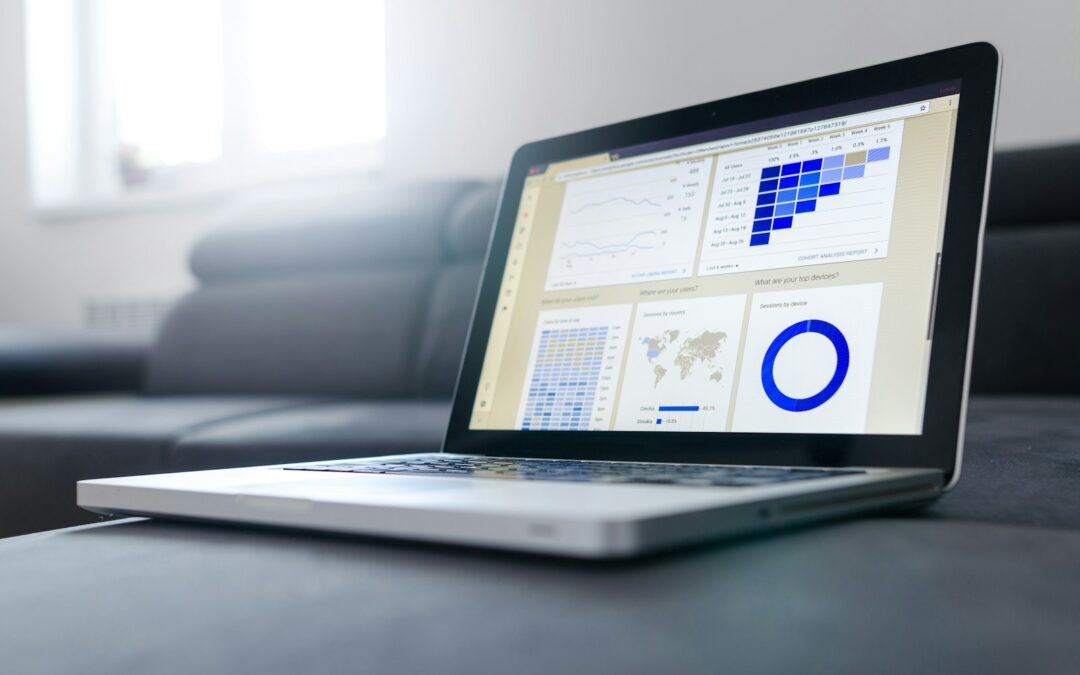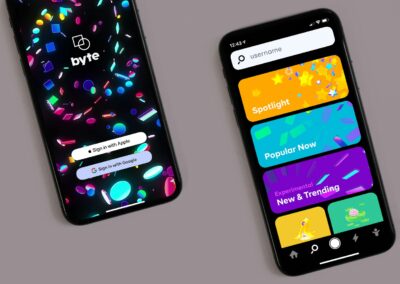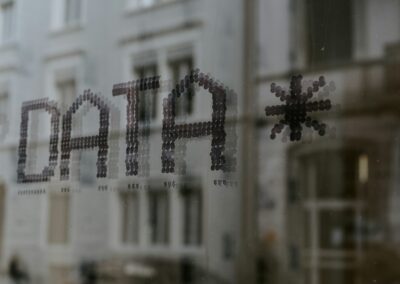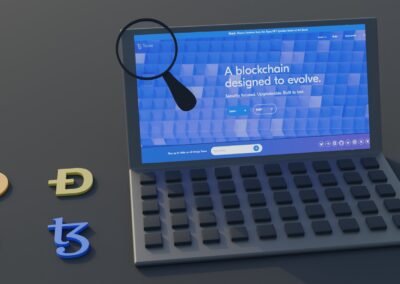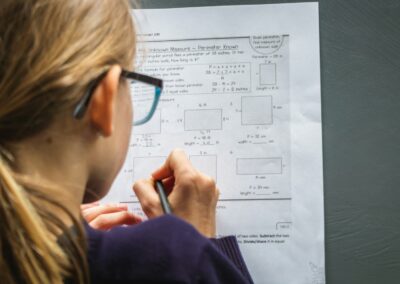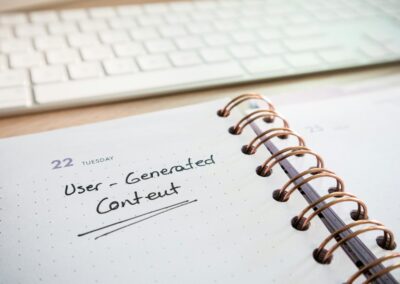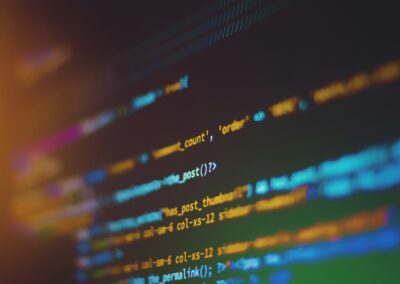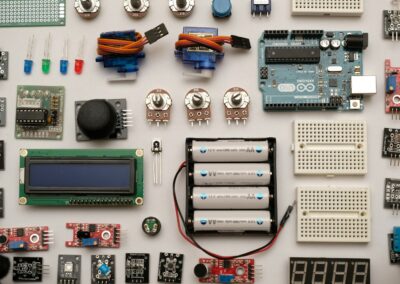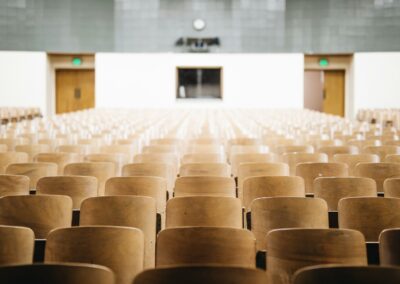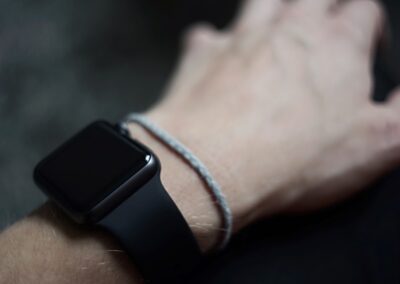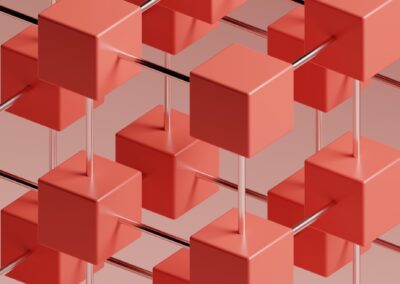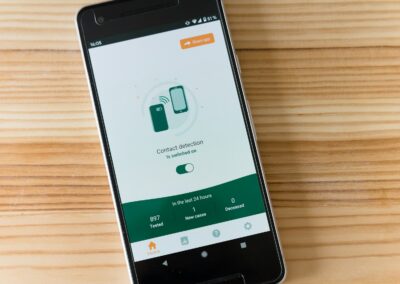Enhancing Learning Environments with Digital Twins
The Role of Real-World Data in Metaverse Education
The integration of real-world data and sensors into metaverse education is transforming how students interact with and experience learning environments. By using advanced technologies, educational institutions in regions such as Saudi Arabia, the UAE, Riyadh, and Dubai are creating more immersive and accurate digital twins of physical classrooms. These virtual replicas allow students to engage in hands-on learning experiences that closely mirror real-world scenarios, thereby enhancing their understanding and retention of complex concepts.
The use of real-world data in metaverse education involves capturing and utilizing information from various sources, such as environmental sensors, IoT devices, and user interactions. This data is then integrated into virtual learning environments to create dynamic and responsive digital twins. For instance, in a science class, data from weather sensors can be used to simulate real-time climate conditions, enabling students to study and analyze environmental changes in a controlled, virtual setting.
Furthermore, the integration of real-world data supports personalized learning experiences. By monitoring student interactions and performance, educators can gain insights into individual learning needs and preferences. This allows for the customization of learning materials and activities, ensuring that each student receives the support they need to succeed. As a result, metaverse education not only enhances academic outcomes but also fosters a more inclusive and engaging learning environment.
Enhancing Realism and Functionality with Sensors
Sensors play a crucial role in enhancing the realism and functionality of metaverse education. These devices capture real-time data from the physical environment and translate it into the virtual world, creating a seamless and interactive learning experience. In the context of engineering and technical education, for example, sensors can be used to replicate the behavior of machinery and equipment, allowing students to practice and develop their skills in a safe, virtual environment.
One of the key advantages of using sensors in metaverse education is the ability to simulate complex and hazardous scenarios that would be difficult or dangerous to recreate in the real world. For instance, medical students can use sensor-based simulations to practice surgical procedures, gaining valuable hands-on experience without the risk of harming patients. Similarly, in fields such as aviation and automotive engineering, sensors can be used to create realistic training environments that prepare students for real-world challenges.
Moreover, sensors enable real-time feedback and assessment, which is essential for effective learning. By capturing data on student performance and interactions, educators can provide immediate and actionable feedback, helping students to identify areas for improvement and adjust their learning strategies accordingly. This continuous feedback loop not only enhances the learning process but also helps to build confidence and competence in students, preparing them for successful careers.
Creating Accurate Digital Twins for Learning Environments
Digital twins are virtual representations of physical objects, systems, or environments that are continuously updated with real-world data. In the context of metaverse education, digital twins are used to create accurate and interactive learning environments that mirror real-world conditions. This technology allows students to explore and interact with virtual replicas of classrooms, laboratories, and other educational spaces, providing a rich and immersive learning experience.
The creation of digital twins involves the integration of various technologies, including AI, Blockchain, and Generative AI. AI algorithms are used to process and analyze real-world data, generating accurate and realistic simulations of physical environments. Blockchain technology ensures the security and integrity of data, providing a transparent and tamper-proof record of student activities and assessments. Generative AI enables the creation of dynamic and adaptive learning environments that respond to student interactions and needs.
In regions like Saudi Arabia and the UAE, the adoption of digital twins in education is aligned with the broader vision of technological innovation and development. By leveraging these advanced technologies, educational institutions can provide students with cutting-edge learning experiences that prepare them for the demands of the modern workforce. The use of digital twins also supports lifelong learning and professional development, enabling individuals to continuously update their skills and knowledge in a rapidly changing world.
Implementing Real-World Data and Sensors in Education
Strategies for Successful Integration
To successfully implement real-world data and sensors in metaverse education, educational institutions need to adopt a strategic approach. This involves selecting the right technologies and platforms that align with the institution’s educational goals and the needs of its students. It is essential to provide adequate training for educators to ensure they can effectively utilize these technologies in their teaching practices.
Collaboration with technology providers and industry experts is also crucial for successful implementation. By working closely with professionals in the field, educational institutions can ensure that the content and features of the metaverse platforms are relevant and up-to-date. This collaboration can also provide students with access to real-world projects and internships, further enhancing their learning experience.
Moreover, continuous monitoring and evaluation of the effectiveness of metaverse platforms are essential. Regular feedback from students and educators can provide valuable insights into the strengths and areas for improvement of the platforms. This feedback can be used to make necessary adjustments and ensure that the platforms remain dynamic and responsive to the evolving needs of the educational community.
Addressing Challenges and Ensuring Accessibility
While the benefits of integrating real-world data and sensors into metaverse education are significant, there are also challenges that need to be addressed to ensure their successful implementation. One of the primary challenges is ensuring accessibility for all students. It is essential to provide the necessary infrastructure and resources to support the use of these technologies, including high-speed internet, compatible devices, and technical support.
Maintaining data privacy and security is another critical challenge. Educational institutions must develop robust policies and practices to protect the privacy and security of student data. This includes implementing encryption and authentication measures to prevent unauthorized access and ensure the integrity of data.
Additionally, it is important to address the potential ethical considerations associated with the use of real-world data and sensors in education. This includes ensuring the responsible use of data, providing transparency about data collection and usage practices, and obtaining informed consent from students and their guardians. By addressing these challenges, educational institutions can create a safe and inclusive learning environment that maximizes the benefits of metaverse education.
Conclusion: The Future of Metaverse Education
The integration of real-world data and sensors into metaverse education represents a significant advancement in the way students learn and interact with educational content. By creating accurate digital twins of learning environments, educational institutions can provide immersive and interactive learning experiences that closely mirror real-world conditions. This not only enhances the learning process but also prepares students for the challenges they will face in their professional careers.
In regions such as Saudi Arabia, the UAE, Riyadh, and Dubai, the adoption of these advanced technologies aligns with the broader vision of technological innovation and development. By leveraging real-world data and sensors, educational institutions can provide students with cutting-edge learning experiences that support their academic and professional success. The commitment to continuous improvement and addressing the challenges associated with virtual education will ensure that metaverse learning platforms remain a valuable tool for enhancing education and professional development.
#MetaverseEducation #RealWorldData #DigitalTwins #VirtualLearning #SaudiArabia #UAE #Riyadh #Dubai #AI #Blockchain #ExecutiveCoaching #GenerativeAI #BusinessSuccess #LeadershipSkills #ProjectManagement

